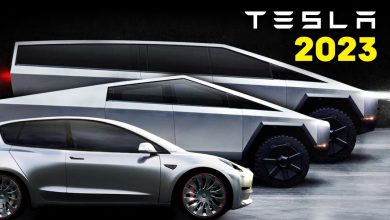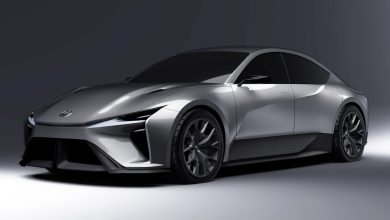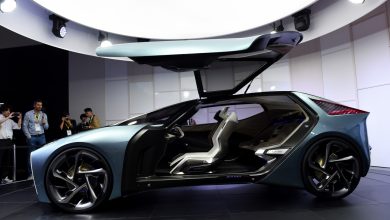Types Of Electric Cars
Hybrid electric cars with an auxiliary battery
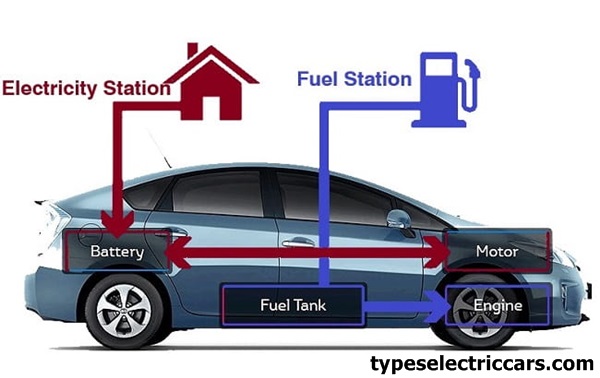
Hybrid electric cars with an auxiliary battery, the integrated starter-alternator supports the car’s gasoline or diesel engine for smoother driving with reduced fuel consumption and tailpipe emissions.
Smoother driving
- Hybrid technology with battery assist adds to a more refined driving experience.
- The engine starts instantly and you can enjoy smoother rides from a standstill.
Less fuel consumption
The integrated starter-alternator effectively reduces engine load to reduce fuel consumption, especially in urban driving situations.
More energy
Using recovered electrical energy, the integrated starter generator boosts the combustion engine for more powerful acceleration.
Hybrid car with battery assist – how does it work?
- Our Hybrids with Battery Assist recover brake energy to charge the 48V battery when the brakes are applied.
- The integrated starter generator uses this energy momentarily to support the combustion engine.
- Together, this provides you with a more fuel-efficient and smoother driving experience.
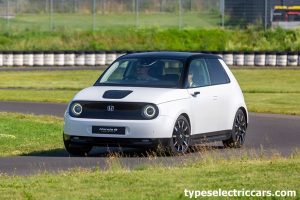
What is a hybrid car with battery assist?
- A plug-in hybrid car is also an electrified car.
- Battery-assisted hybrid vehicles use a combustion engine and electric motor to reduce emissions and improve fuel economy.
- It does this by using energy stored in a 48-volt battery that is generated by applying pressure to the brakes.
- This energy is then used to boost the combustion engine during start-up and take-off.
Does the electric motor drive the hybrid car with an auxiliary battery?
No, the electric motor is there to assist the motor and to reduce the amount of work it has to do.
What is the main benefit of a hybrid car with an auxiliary battery?
- The battery-assisted hybrid will provide lower fuel consumption and therefore lower tailpipe emissions.
- Hybrid cars with auxiliary batteries also contribute to the smooth start-up process and are generally less expensive than fully hybrid cars or hybrid cars with electricity.
What is the difference between a plug-in hybrid car, a fully hybrid car, and a plug-in hybrid car?
- A battery-assisted hybrid uses the electric motor to assist the combustion engine.
- While a fully hybrid car has an electric motor and a larger battery than a hybrid car with an auxiliary battery.
- A fully hybrid car is able to power a car using an electric motor for short distances and recharge the battery using the engine or by applying regenerative pressure on the brakes.
- A plug-in hybrid vehicle can be recharged by literally connecting it to a home charging station or using a public charging station.
- The plug-in hybrid vehicle offers a purer electric range thanks to a larger battery pack and electric motor.
- A plug-in hybrid vehicle will meet the daily commuting needs of many people.

